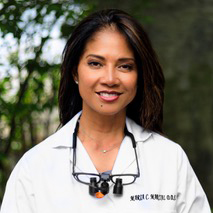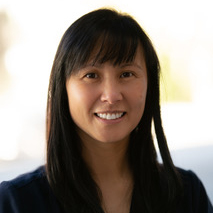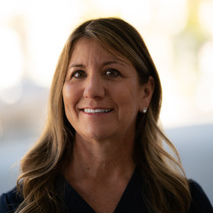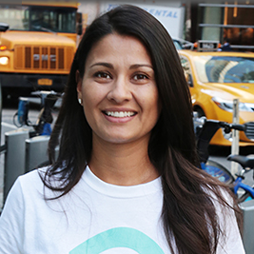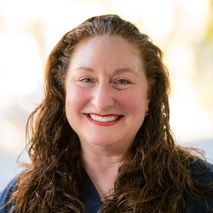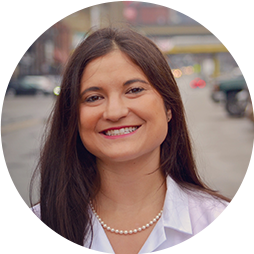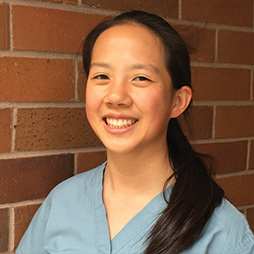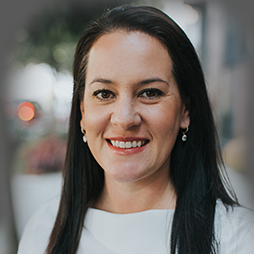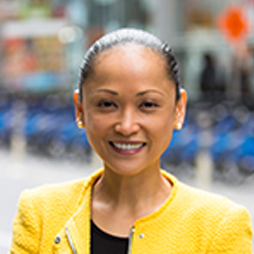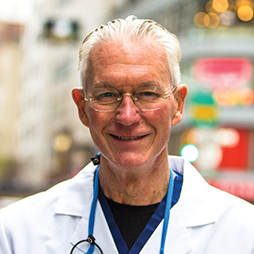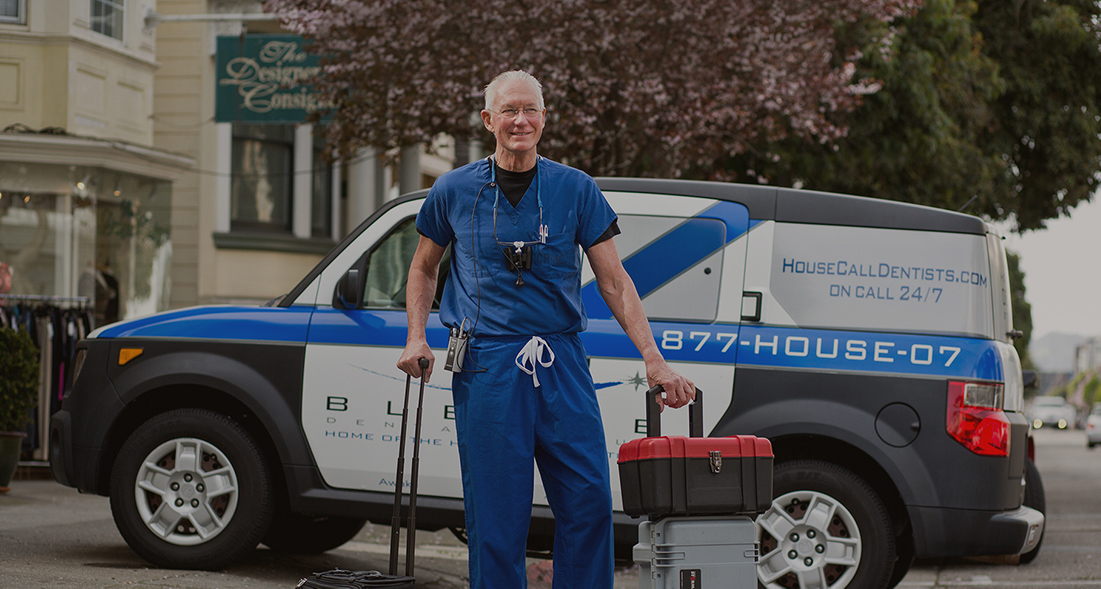
22 Jun Dental Care That Comes to the Homebound
Since the outbreak of COVID-19, people across the world have discovered what millions of elderly and disabled adults live with on a daily basis: the challenges of being homebound. Until recently, with high vaccination rates and eased social distancing guidelines, 97% of the country’s citizens found themselves homebound and facing limited access to services. The vast majority of these individuals can now transition into familiar routines. But an entire population of permanently homebound people, isolated prior to the outbreak, still confront significant challenges in receiving the oral care they desperately need.
The “Invisible Homebound”
An academic study published by Mount Sinai (“Oral health status and needs of homebound elderly in an urban home-based primary care service,” R Gluzman, H Meeker, P Agarwal, S Patel, G Gluck, L Espinoza, K Ornstein, T Soriano, R V Katz, Spec Care Dentist 33(5): 218-226, 2013) projected the elderly population to reach 88.5 million by 2050, echoing concerns about the number of permanently homebound individuals:
“A large portion of these elderly, chronically ill patients suffer from significant functional impairment that leaves them homebound and unable to access routine medical care. Although no official national data is available on home-bound elderly, the 2005 American Academy of Home Care Physicians’ Public Policy Statement states that at least two million seniors 65 years of age or older are permanently homebound and this number will increase over the next decades.”
In 2012, when that study was published, about 13% of the population was 65 years or older. Today, that number has risen to 16.5%, based on data from the Population Research Bureau. More distressing, according to the Department of Health and Human Services, 51% of these seniors live alone. The bigger challenge, however, is finding a way to treat the permanently homebound—a group of over 5 million seniors, an increase from 2 million in 2012, who have functional limitations that confine them to their homes. Many of them experience profound difficulty accessing office-based care. Some can’t at all. Because of this, they rely on overwhelmed family caregivers or succumb to illness.
According to the March 2018 issue of AGD Impact (Vol. 46, No. 3):
- Only 62.7% of seniors visited the dentist in 2015 vs. 84.7% of 2- to 17-year-olds
- Roughly 1 in 4 haven’t visited the dentist in the past five years
- They have 9.24 decayed or missing permanent teeth and 43.02 decayed and missing surfaces, on average
- 93% have had dental caries in their permanent dentition
- 68% have periodontitis
- 50% of those age 75 or older have root caries affecting at least one tooth
- 30% have xerostomia
- 18% suffer from untreated decay
- Around 5% are edentulous
These are conditions that contribute to the development of heart disease, complications in dealing with diabetes, and increased risks for stroke, pneumonia, or respiratory problems. They also affect basic quality of life for the elderly, such as being able to eat the foods they want each day. Yet it doesn’t have to be that way.
“Historically, geriatric dentistry primarily involved removing infected teeth until a dentist prescribed dentures. But, beginning in the 1960s and 1970s, education and awareness shifted to preserving most, if not all, teeth,” said Dr. David Blende of House Call Dentists, who was featured in the same issue of AGD Impact.
As the Pandemic Wanes, Challenges for the Homebound Persist
Once the pandemic is completely contained, we’re left with the pivotal question of how to treat the permanently homebound. Through teledentistry platforms, dental professionals can interface directly with caregivers, relatives, social workers, and assisted living facilities directors to ensure that their patients’ needs are articulated clearly and addressed promptly. But treating patients with special needs persists as a huge challenge.
- Enhanced medical and dental training is required
- In-home devices and mobile equipment must be obtained and learned
- Hospital privileges are often necessary to perform most complex procedures, including anesthesia, for patients who cannot comprehend instructions or stay still
- Many of the groups working in the field rely on grants and government funding, such as programs like Medicare and Medicaid
Fortunately, the tide is turning. Whether brought about by the visibility of homebound circumstances from the pandemic or the rapidly aging population, people are paying attention.
In addition to the nation’s homebound population, nearly 27% of people in the United States have functional or physical limitations. They experience profound difficulty accessing standard dental care. The problem is further complicated by the lack of dentists who have the specialized skills, training, and capabilities to serve their unique needs. The management of this population’s oral health often falls on the shoulders of overwhelmed family members or caregivers. Far too often, they avoid seeking dental assistance because providers can’t deliver the level of care needed to comfortably fit the unique needs of these patients.
- Complex genetic conditions
- Cognitive and physical limitations
- Developmental disability including autism
- Complex medical conditions
The Renaissance and Modernization of House Calls
As one the nation’s leading and most tenured experts in treating geriatric and homebound individuals, Dr. Blende understands that traditional approaches won’t satisfy the needs of these patients.
“The dental team must come to them,” he explained.
Dr. Blende has good reason for this claim. The Mount Sinai Hospital’s visiting doctors program found that 92% of its homebound elderly patients needed some form of dental treatment beyond oral hygiene. And 96% had not seen a dentist for three years or more since becoming homebound. Yet, all said they would welcome a home visit.
The idea of house calls isn’t new, but it also isn’t rooted in the nostalgic days of the country doctor. Today’s house calls are modern, supported by advanced technology, comprehensive, and safe.
Virtual Appointments
Through teledensity platforms, caregivers and family members can schedule appointments, review records, and communicate with dentists directly through voice and video using a computer or smart device.
New Tools of the Trade
State-of-the-art mobile dental technologies make setting up onsite visits a breeze in the home or a residential community. Teams can treat patients using portable equipment that replicates the essential tools found in the traditional office. Restorative and emergency care take place in the comfort and safety of the resident’s room.
As explained by Jonathan Wolfe is his 2017 article about House Call Dentists for the New York Times, “House Call Dentists, using what it says is a kit the size of a large briefcase, offers to create a sterile environment in your home, take x-rays with a portable machine, drill and fill cavities or perform a simple cleaning.”
This modern approach is an incredible way to keep senior and special needs patients healthy while improving their quality of life, wellbeing, and comfort.
About House Call Dentists
House Call Dentists (HCD) offers a unique approach involving portable equipment and sterilization procedures that meet or exceed hospital-grade standards to deliver in-home care for those in need, reinforcing our professional commitment to a continuum of care, even after our patients have left our office. We go where our patients need us. To learn more about our solutions, visit our website or contact us directly.
